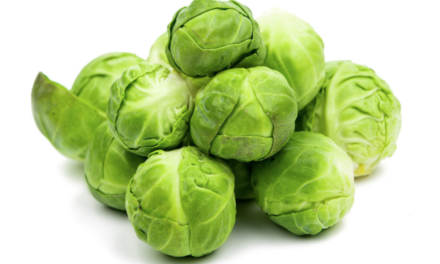The Nutritional Content of Eggs; all our eggs in one basket
I have told myself a dozen times not to poach any egg puns from the internet, so from now on this blog will be pun free* (*Disclaimer: This will be eggstremely hard)
Who wants to know the nutrition content of eggs?
Perhaps it’s easier to ask who doesn’t! Hopefully you do, and then there is the Government who want to know because they are interested in the diet of the nation using the National Diet and Nutrition Survey (NDNS). Not to forget all the nutritionists, dietitians, researchers, app producers and the food producers calculating the nutritional profile of their products that include eggs.
How do we know what’s in our eggs?
We, at Food Databanks National Capability, at The Quadram Institute Bioscience have been funded by Public Health England to provide up-to-date information on the nutritional composition of the food we eat. The data is compiled into The Composition of Foods book, electronic dataset and our free searchable online tool. As part of this we carried out a survey back in 2014 on the nutrient content of UK hens eggs. The previous full survey of the composition of eggs was in the late 1980s. Since then, the composition of chicken feed has changed, as well as production methods, both of which may have affected the nutrient composition of eggs. Also, the egg market in the UK has shifted so that free-range eggs now have a greater market share. Overall, the aim of this survey was to provide updated data on eggs to reflect changes in egg production in the UK.
We sampled over 2000 eggs, I was going to give you an amazing statistic on how many people that would feed, but since the NHS say there is no recommended limit on how many eggs people should eat, and the NDNS say that it’s about half an egg per day, I can’t say eggactly** (** I said it was hard) . When we collected our eggs we had to make sure we included eggs from each of the main production methods (enriched cage/barn, free-range, organic) in proportions that reflected market share; we collected them from three regional egg packing centres in the UK. Sampling direct from packing centres ensured that the sample included eggs destined for use in the food manufacturing and foodservice industries as well as those supplied direct to retailers. The eggs were then prepared for analysis and for cooked egg samples, a range of cooking times were used to reflect the different way we like our eggs.
We finished up with eight samples for laboratory analysis. So, we can tell you the nutritional composition of: whole egg, raw; egg white, raw; egg yolk, raw; whole egg, boiled (yes, without the shell); egg white, boiled; egg yolk, boiled; whole egg, poached; whole egg, fried in sunflower oil.
Surely an egg is an egg is an egg?
In some respects, you are correct, an egg is never going to be a carrot. However the analysis shows there have been some changes in the nutrient profile of an egg. The lower total fat, saturated fatty acids and cholesterol content of whole eggs compared to previous UK data are likely to result from differences in the ratio of egg yolk to egg white. An average medium egg now contains 66 calories (compared to the previous figure of 78 calories) and an average large egg contains 78 calories (previously 91 calories). The new analysis found that two medium eggs can provide 64% of the RDA (Recommended Daily Amount for labelling purposes) for vitamin D, and 42% of the RDA for selenium. There is 70% more vitamin D than when they were last officially analysed 30 years ago as well as double the amount of selenium. For the first time, levels of choline and omega 3 fatty acids in UK eggs have also been quantified, with the data showing that eggs are a significant source of both nutrients.
So egg composition is changing?
Yes. Some differences are due to an increase in the ratio of white to yolk in an average egg and improved analytical methods. But most differences are probably due to the hen’s feed changing where meat and bone meal has been removed from feed and more vegetable oils are now used instead. In addition, supplementation of the feed with vitamin D is now common practice, which could explain the higher vitamin D levels.
These results on the nutrient composition of eggs will ensure that policy recommendations, nutrition labelling and nutrient intake estimates are based on the latest information. And this, alongside the fact that eggs now contain less fat and calories, suggests that they are an even more valuable part of a healthy balanced diet than previously realised.
Eggs into the future
The data shows that changes in the diet of the chicken can cause changes to the composition of eggs. Several producers are jumping on the bandwagon tractor to change the composition of their eggs. By the modification or enrichment of chicken diets we can obtain low cholesterol eggs, omega-3 enriched eggs, vitamin enriched eggs, mineral enriched eggs, pigment enriched eggs. Check out your supermarket shelves, chances are you will find some already there with the nutrition claim in place.
Oh and it’s not all about the hens
We have data on duck, turkey and quail eggs too. But I am too eggausted (I can not apologise enough) to do that.
Further reading:
National Diet and Nutrition Survey
New data on the nutritional composition of UK hens’ eggs, Nutrition Bulletin
egg photo from freefoodphotos.com










